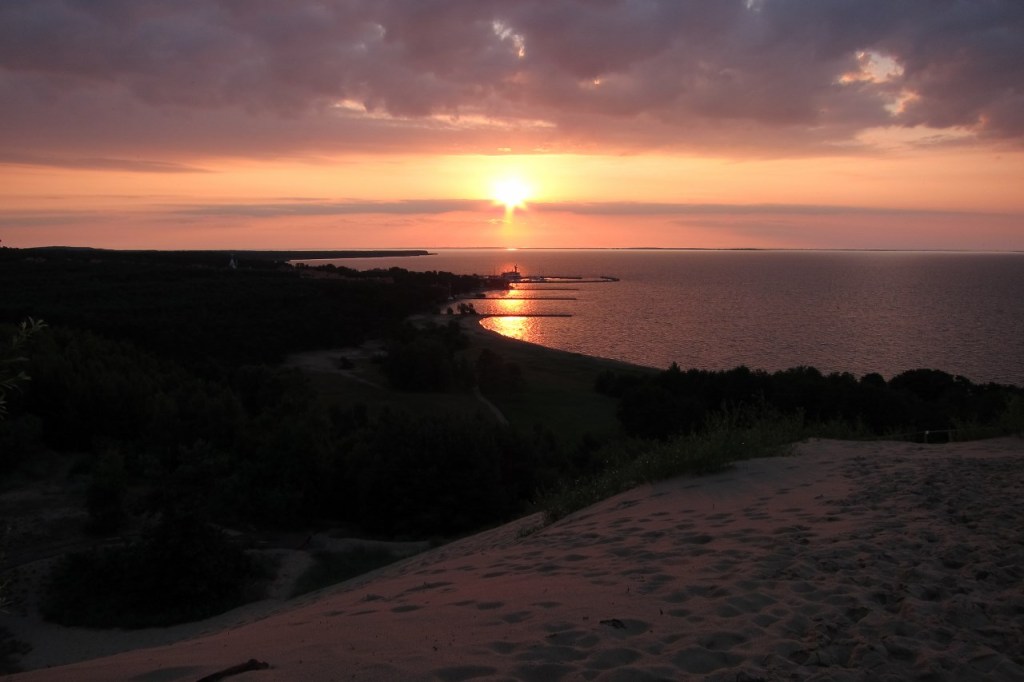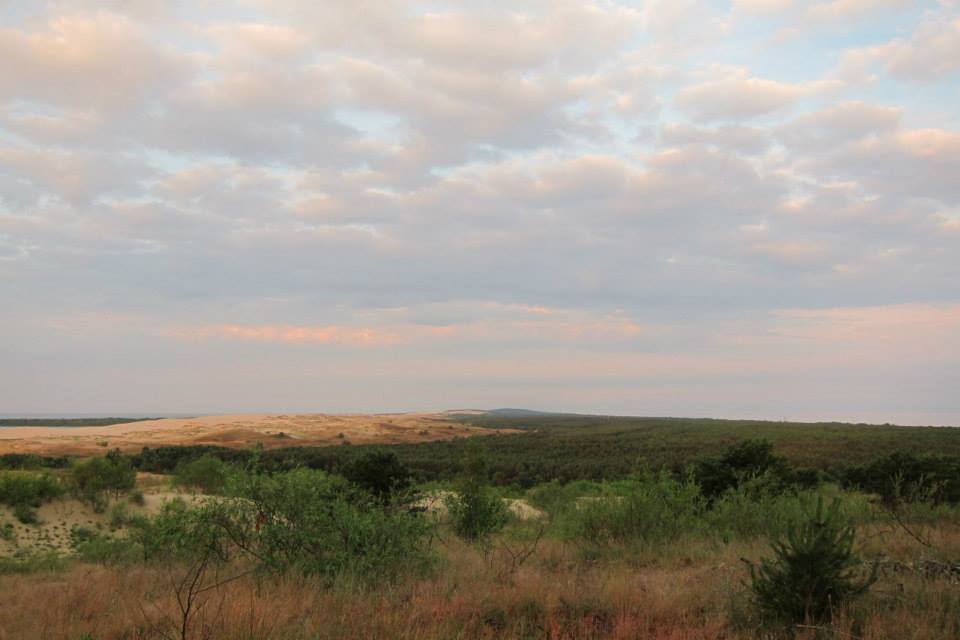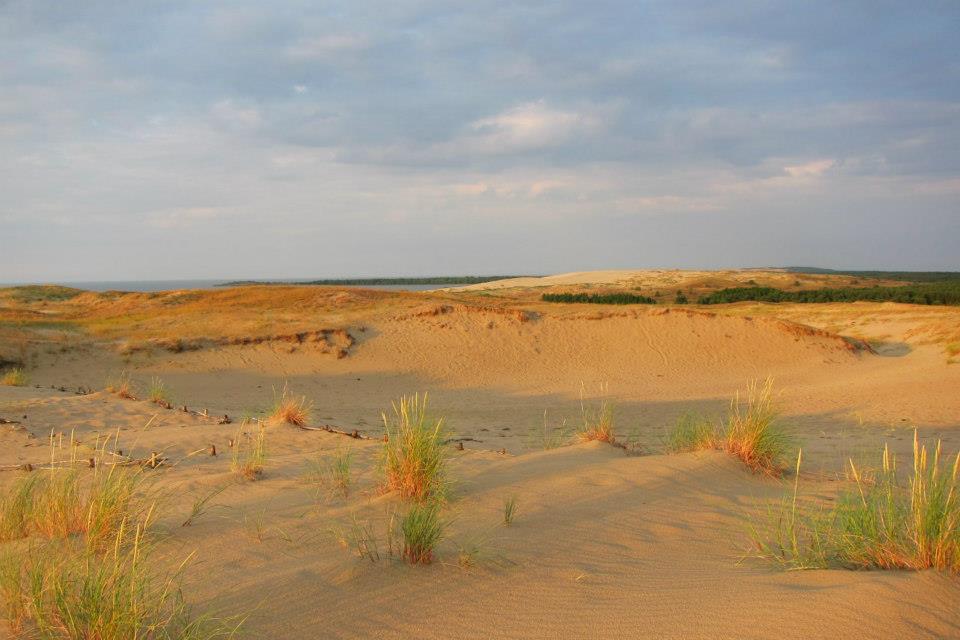Why Sunrise over Neringa is Worth Waking at 4AM
Waking up at 4 a.m. is one of the hardest things to do, but it was necessary if I wanted to catch the sunrise in Nida. After all, Midsummer had just passed in Lithuania.
Once I shut the door behind me, I was glad to trade my room mate’s snoring for the sound of waves lapping the shore. The breeze which tickled the Curonian lagoon was fresh. No one else was out and about.
I never knew that having the moment all to myself could be so satisfying.
Walking to Neringa’s dunes
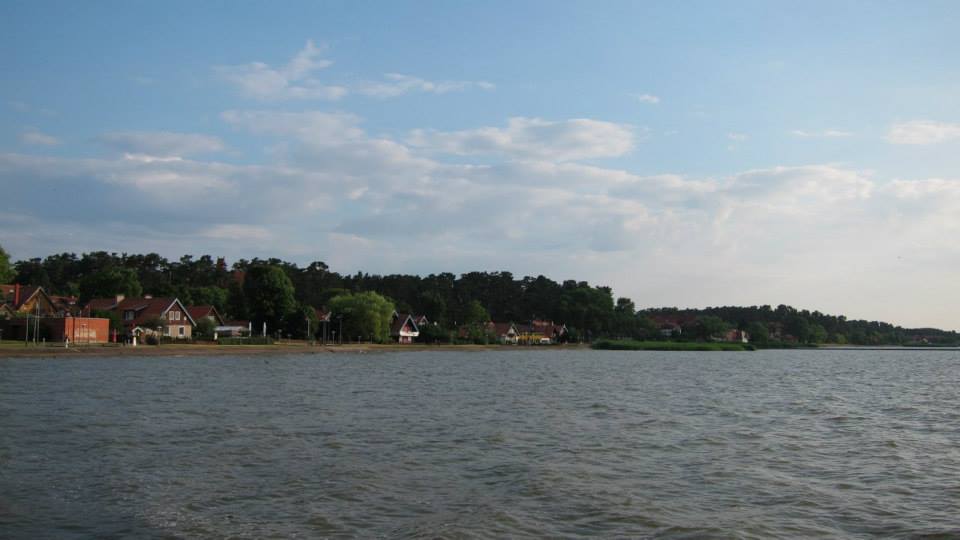
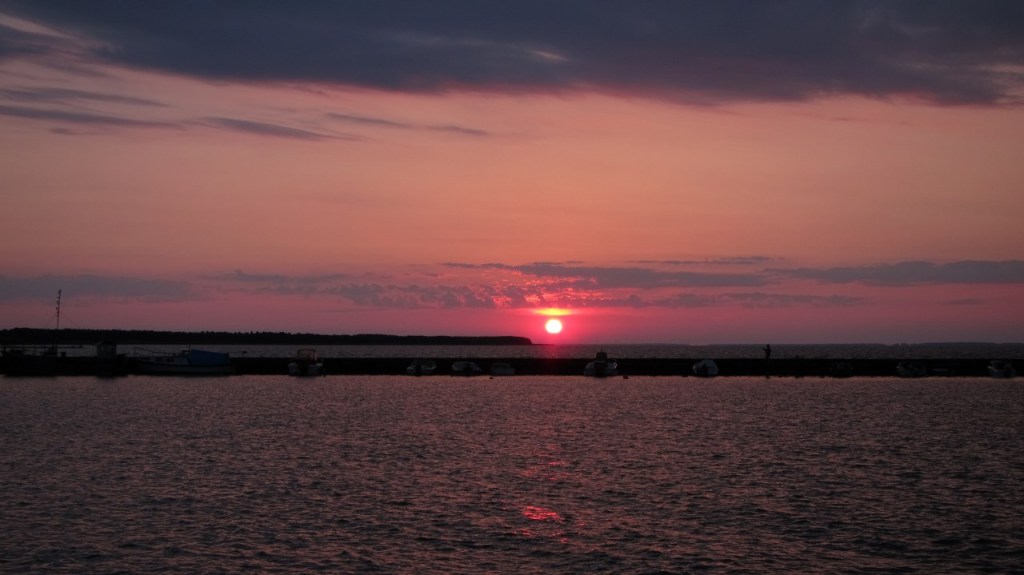
Other sunrises: Borobudur and Angkor Wat
I headed straight for the sand dunes south of the village. Neringa (the region’s local name) is full of them, but they are difficult to spot behind the trees.
It did not always look like this. In the past, the untamed dunes and the shifting sands buried several of the fishing villages. A postal supervisor named Kuvertas started planting trees on the dunes to stop his office from joining them. It worked a treat, and other dunes quickly turned green too.
The Parnidis dune (Parnidzio kopa) was intentionally exposed, giving an idea of how the spit used to look. It’s the second-highest sand dune in Europe after Pyla in France. Enough imbeciles had wandered off the marked path and ruined it over the years, however, so it looked less impressive than its 50-metre height suggested.
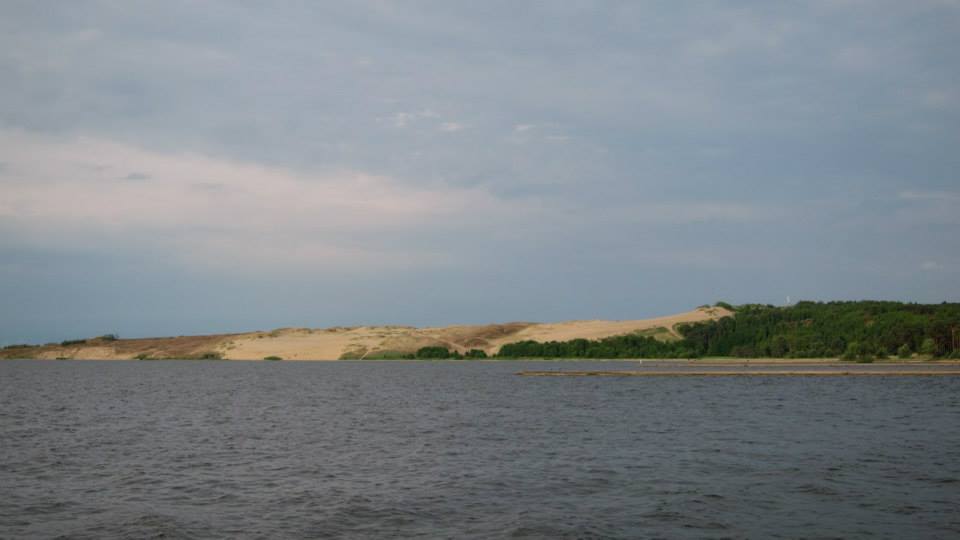
Elsewhere in Lithuania: The Sugihara House in Kaunas
Climbing the dune
20 minutes after leaving the village, I reached the sundial at the top. I wasn’t able to read it or decipher its runic inscriptions; all I knew was that a hurricane destroyed it, hence the disparity in colour between the top and the bottom of the needle.
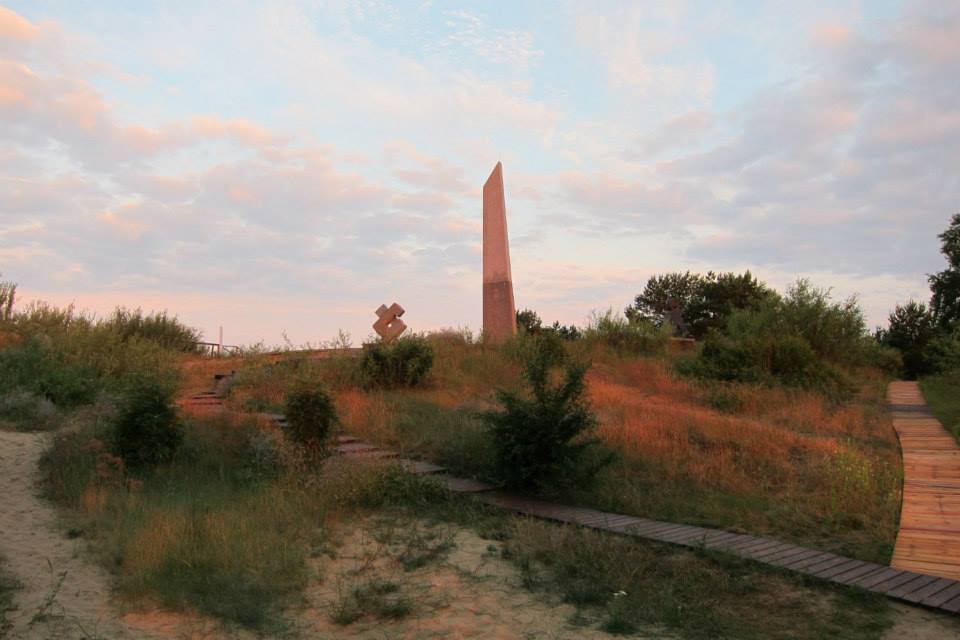
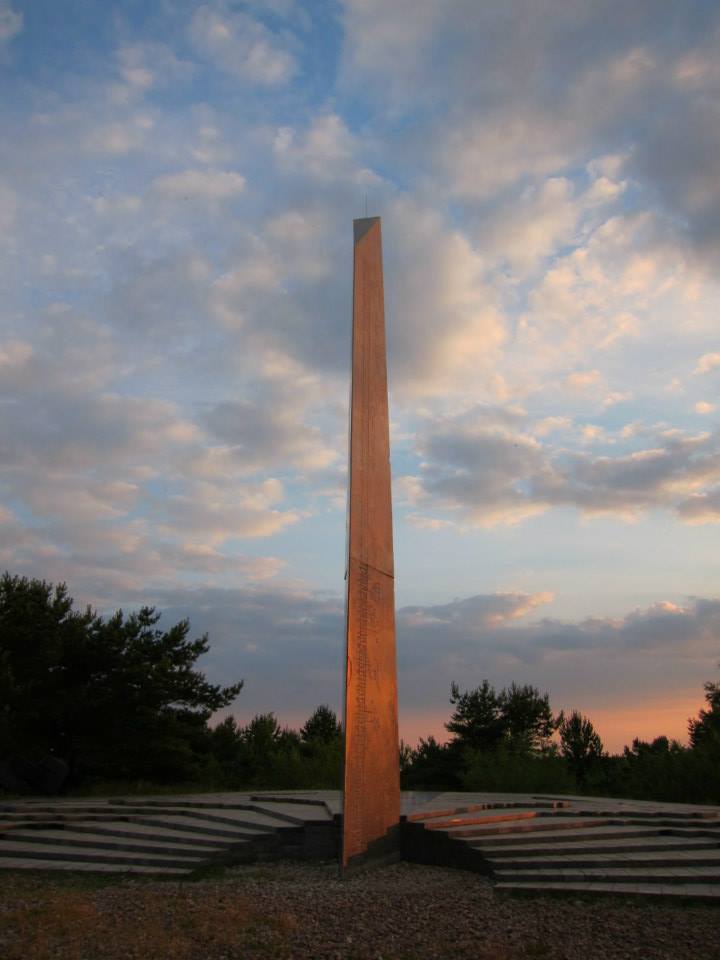
See also: How to get to the Hill of Crosses cheaply
I turned around, and the view made the long, arduous journey from Rīga worthwhile. All of Nida was visible to the north, while Kaliningrad lay somewhere beyond the wilderness to the south. The sand was bathed in golden sunshine, and the midsummer light went on forever.
